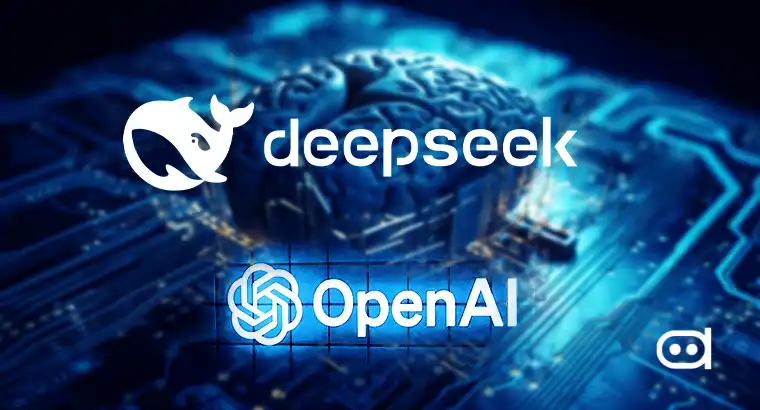
China’s DeepSeek, a large-language model-based AI, has positioned itself as a cost-efficient rival to OpenAI’s ChatGPT, developed for just $6 million—significantly lower than ChatGPT’s estimated $100 million. Additionally, DeepSeek operates on 2,000 GPUs, a fraction of the 25,000 GPUs powering ChatGPT, making it a more accessible alternative in terms of infrastructure requirements.
DeepSeek to Disrupt India’s AI Market?
Meanwhile, India is pushing forward with its AI ambitions. Union IT Minister Ashwini Vaishnaw recently announced that the government plans to deploy 18,000 GPUs and develop a foundational AI model within the next eight to ten months. However, experts remain skeptical about the feasibility of this timeline, pointing to gaps between research and real-world implementation in India’s AI sector.
Beyond cost efficiency, DeepSeek’s true strength lies in its open-source framework, allowing local deployment and greater accessibility. V Vinay, Chairman of Jed-I Technologies, highlighted this aspect, stating, “DeepSeek’s key breakthrough isn’t just cost-efficiency—it is its open-source framework. AI, like any technological advancement, is expensive at first but improves over time.”
He emphasized that DeepSeek’s open-source approach could challenge industry leaders such as OpenAI and Anthropic by making AI more widely available. However, he also warned that long-term sustainability remains a concern, particularly due to the high energy demands of AI infrastructure. Some data centers, he noted, could consume as much as 10% of a country’s power grid.
Siddharth Das, an AI innovator, echoed these concerns, explaining that while AI models are becoming more efficient, rising consumer demand and increasingly complex models could still drive up energy consumption. “Any efficiency gains will be offset by larger models and growing consumer demand, leading to higher overall energy consumption,” he said.
Das further stressed that for India to sustain large-scale AI operations, nuclear energy would be a necessity, as renewable energy alone would not be sufficient to meet the rising power demands. He also underscored the importance of building a strong AI ecosystem in India, advocating for concentrated investment in research and development.
“India needs experts in AI-related fields and long-term funding, ideally directed toward a few dedicated AI research centres co-located with, but not controlled by, leading universities,” he said.
He warned that dispersing resources across too many institutions would dilute impact, making it difficult for India to compete at a global level. Additionally, he highlighted the need for private sector participation, given that India’s government investment in AI lags behind that of the US and China.
Latest Articles
The New York Times Introduces AI Tools for Editorial and Product Teams




